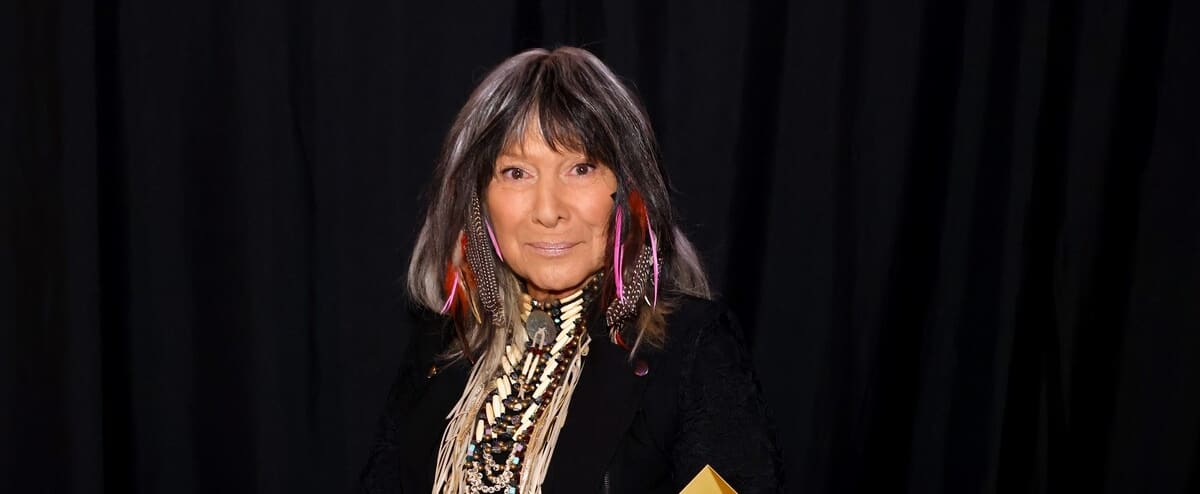Last Friday, the show The Fifth Estate questioned the indigenous origins of Buffy Sainte-Marie, an internationally renowned artist.
• Read also: The fake Aboriginal scandal
That old CBC investigative series – now on its 48the season – suddenly sowed controversy in the media as well as within indigenous circles. That such a serious series cast doubt on the real identity of an artist of this stature could only cause scandal, especially at a time when the indigenous question is on everyone’s lips.
This is far from the first time that The Fifth Estate caused a sensation. The series also owes its longevity to the numerous controversies it provokes as much as to the hypersensitive subjects that it does not fear to touch. Should we recall that an RCMP inspector named Claude Savoie ended up committing suicide following allegations of corruption broadcast by The Fifth Estate? We will also remember the persistence shown by the show in trying to demonstrate that former Prime Minister Brian Mulroney had received money from Airbus.
HARMFUL ALLEGATIONS
Buffy Sainte-Marie has reached the ripe old age of 82. She just retired from show business for health reasons, she said. It’s obvious that she hastened her retirement in the hope of mitigating the disastrous consequences of the show. I looked at it carefully and it seems beyond any doubt that Buffy Sainte-Marie was born American to a white, Christian family in Stoneham, Massachusetts. But it is also true that Buffy Sainte-Marie was adopted around 1960 by Émile and Clara Piapot, an important First Nations family from Saskatchewan.
The Piapot couple’s grandchildren said the CBC’s allegations are “harmful, ignore colonial realities and are racist.” “We claim Buffy,” they said, “as one of our family and our entire family is members of the Piapot First Nation. For us, all this is more important than any document or any colonial archives.”
THE HUNT FOR IDENTITIES
Recently, some people have claimed to have indigenous origins to gain advantage. This is the case, for example, of Michelle Latimer, director of the series Trickster. Although the CBC’s declaration of his true identity did nothing more than put an end to an excellent series inspired by indigenous author Eden Robinson after just one season. Trickster finally featured a host of First Nations actors that we rarely see on television.
The CBC seems to specialize in hunting down Indigenous identities. This is how other accusations from the CBC, which are not easy to discern fact from falsehood, led to the resignation of Carrie Bourassa, an indigenous health specialist at the University of Saskatchewan, and to the resignation of Judge Mary Ellen Turpel-Lafond, one of the 20 most influential people in Canada, according to the magazine Time.
The Fifth Estate suggests that Buffy Sainte-Marie pretended to have indigenous origins to take advantage and boost her career. In the early 1960s, you would have to be crazy to believe that being Aboriginal could be advantageous. Talk to the thousands of Indigenous people who have had to hide their true identities and change their last names in order to succeed.
The broadcast of The Fifth Estate may have served some truth, but did it advance the cause of Indigenous people? Let me seriously doubt it.
